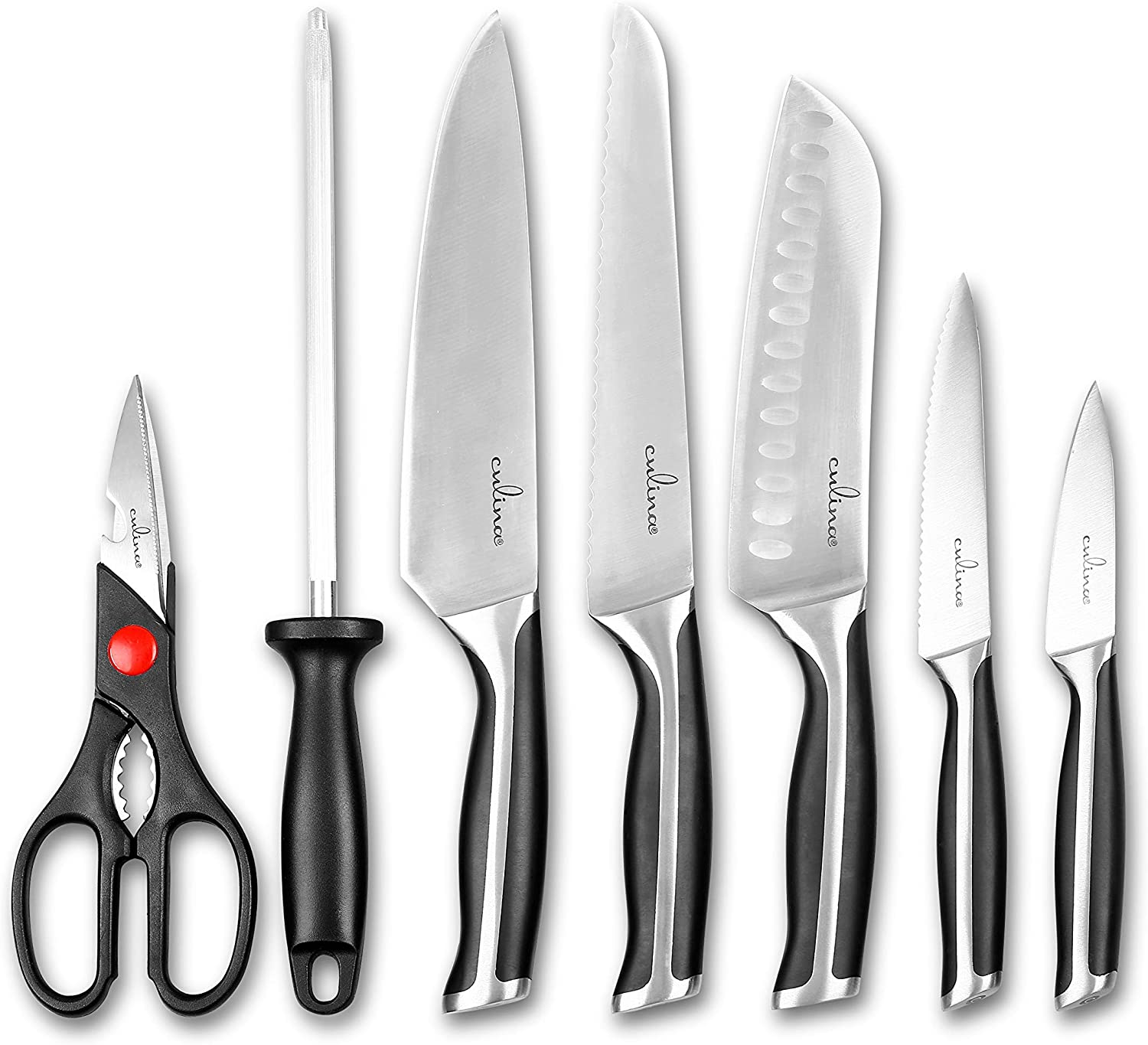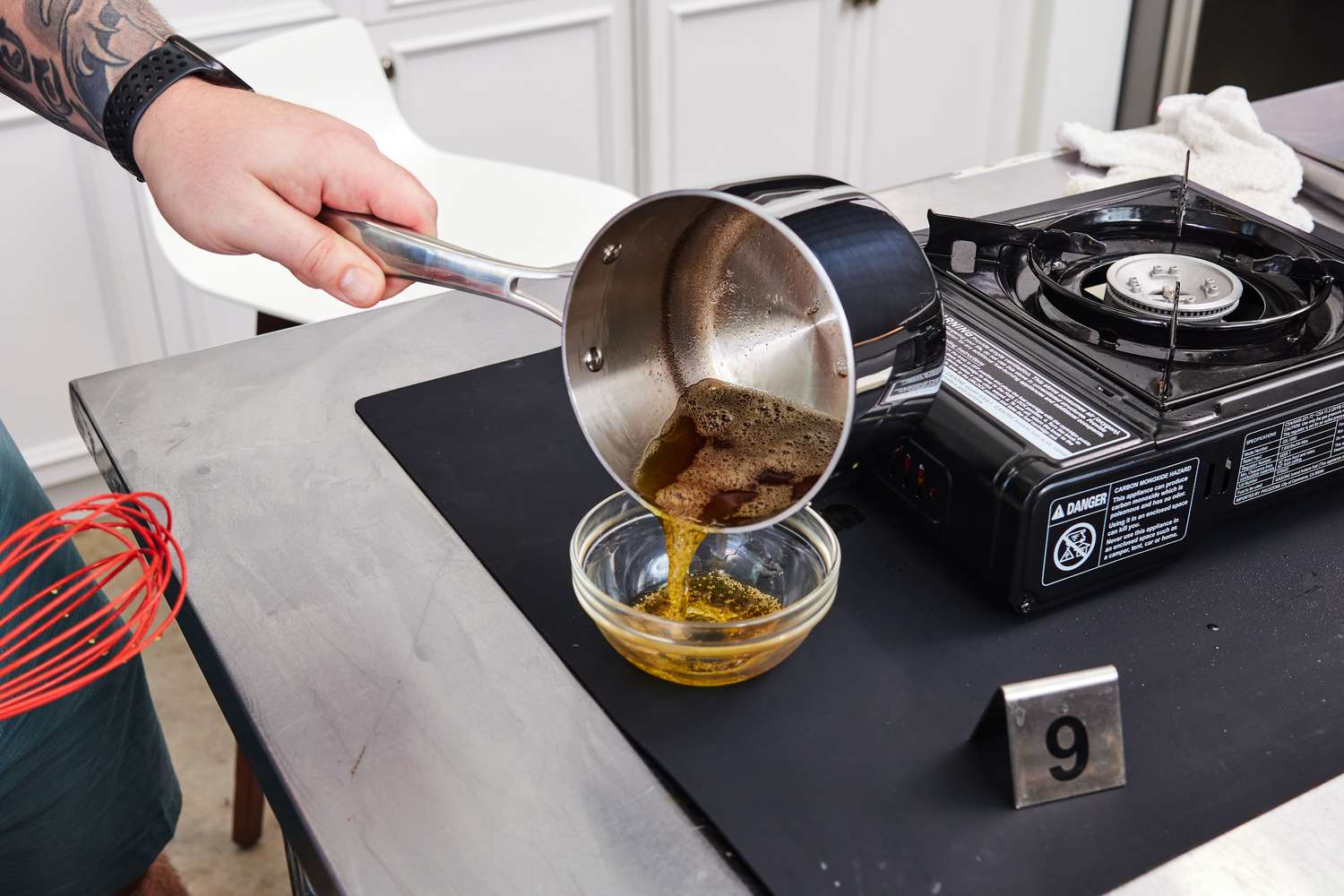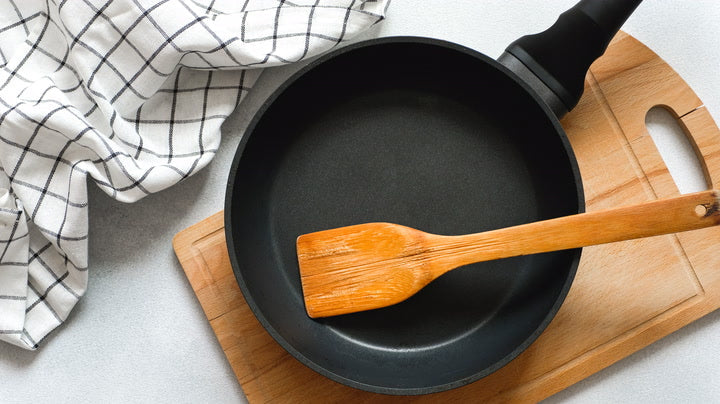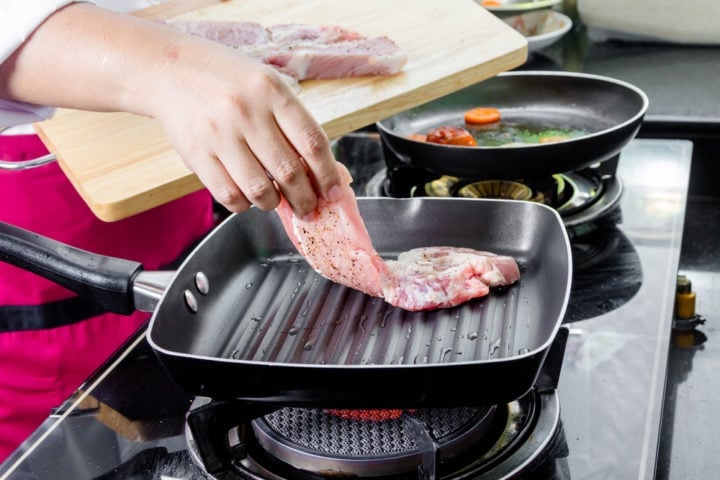When diving deep into the world of culinary tools, one might wonder, 'what is a heavy saucepan?' This seemingly simple question opens up a vast array of topics that every kitchen professional should master. A heavy saucepan is not just a cooking vessel; its a crucial element of effective cooking.
Heavy saucepans are typically characterized by their weight and material composition, allowing them to distribute heat evenly and resist warping, making them invaluable for precise cooking. In this article, youll learn everything from the construction materials used, the benefits of using a heavy saucepan, to maintenance tips that ensure your cookware lasts a lifetime.

The Basics of a Heavy Saucepan
Before we go into specifics, let's clarify what differentiates a heavy saucepan from other types of cookware. Heavy saucepans are often made from materials like stainless steel, cast iron, or copper. These materials provide not just durability but also excellent heat retention.
Its essential to understand that the weight of the saucepan plays a significant role in its performance. A well-designed heavy saucepan will allow for even heat distribution, preventing hot spots that may burn food. Additionally, heavy saucepans usually have thick bases that support stability on various cooking surfaces.
Benefits of Using a Heavy Saucepan
When considering whether to invest in a heavy saucepan, its important to recognize the numerous benefits they bring to the kitchen. Here are some key advantages:
- Even Heat Distribution: Heavy saucepans ensure that heat is evenly distributed, which is crucial when preparing delicate sauces or simmering soups.
- Durability: The materials used in heavy saucepans, particularly stainless steel and cast iron, are resistant to warping and scratching, ensuring longevity.
- Versatility: Heavy saucepans can be used for a variety of cooking methods, from boiling to braising and even baking.
- Better Flavor Development: The heat retention of a heavy saucepan allows flavors to develop more deeply, which is particularly beneficial when making stocks or sauces.

Choosing the Right Heavy Saucepan
When selecting the right heavy saucepan for your kitchen, there are several factors to consider:
Material Matters
Different materials offer distinct advantages. For example:
- Stainless Steel: Known for its resistance to rust and stains, stainless steel is easy to clean and maintain.
- Cast Iron: Ideal for slow cooking, cast iron retains heat exceptionally well and is great for braising.
- Copper: Copper offers superior heat conductivity, allowing for precise temperature control.
Size and Capacity
Heavy saucepans come in various sizes. Consider the types of dishes you frequently prepare. For smaller servings, a 2-quart saucepan may suffice. For larger batches, opt for 4-quart or larger options. To learn more about saucepan sizes, read more on saucepan sizes.
Design Features
Look for features that add convenience, such as:
- Long Handles: Ensuring a comfortable grip, allowing you to control the pot with ease.
- Tight-fitting Lids: Keeping moisture and flavor locked inside.
- Pouring Spouts: For easy serving without spills.

Common Uses for a Heavy Saucepan
Now that we have established what a heavy saucepan is and why its important, lets discuss some common uses:
- Making Sauces: Perfect for cooking sauces that require simmering and reduction.
- Cooking Grains: Ideal for preparing rice, quinoa, or pasta.
- Boiling Vegetables: Heavy saucepans can handle large quantities of water, making it easy to boil vegetables.
Maintenance and Care Tips
The lifespan of your heavy saucepan can be significantly impacted by proper care. Here are some essential maintenance tips:
- Hand wash: Whenever possible, hand wash your saucepan to prevent scratches and damage.
- Use the Right Utensils: Opt for wooden or silicone utensils to avoid scratching the surface.
- Dry Immediately: Always dry your saucepan immediately after washing to prevent water spots, especially on stainless steel.
Frequently Asked Questions
What is the weight difference between a heavy saucepan and a regular saucepan?
A heavy saucepan typically weighs more due to its thicker material. This weight allows for better heat retention and distribution.
Can I use a heavy saucepan on an induction cooktop?
Yes, as long as the heavy saucepan is made with magnetic materials like stainless steel or cast iron, it can be used on induction cooktops.
Are there non-stick heavy saucepans available?
Yes, many manufacturers offer heavy saucepans with non-stick coatings, making them easier to clean while still providing excellent heat retention.
To get a more in-depth look at what makes saucepans unique, check out this link: saucepan usage. Additionally, if you are curious about the difference between pots and saucepans, read more on saucepan vs. pot.
As an Amazon Associate, I earn from qualifying purchases.






Leave a comment
This site is protected by hCaptcha and the hCaptcha Privacy Policy and Terms of Service apply.